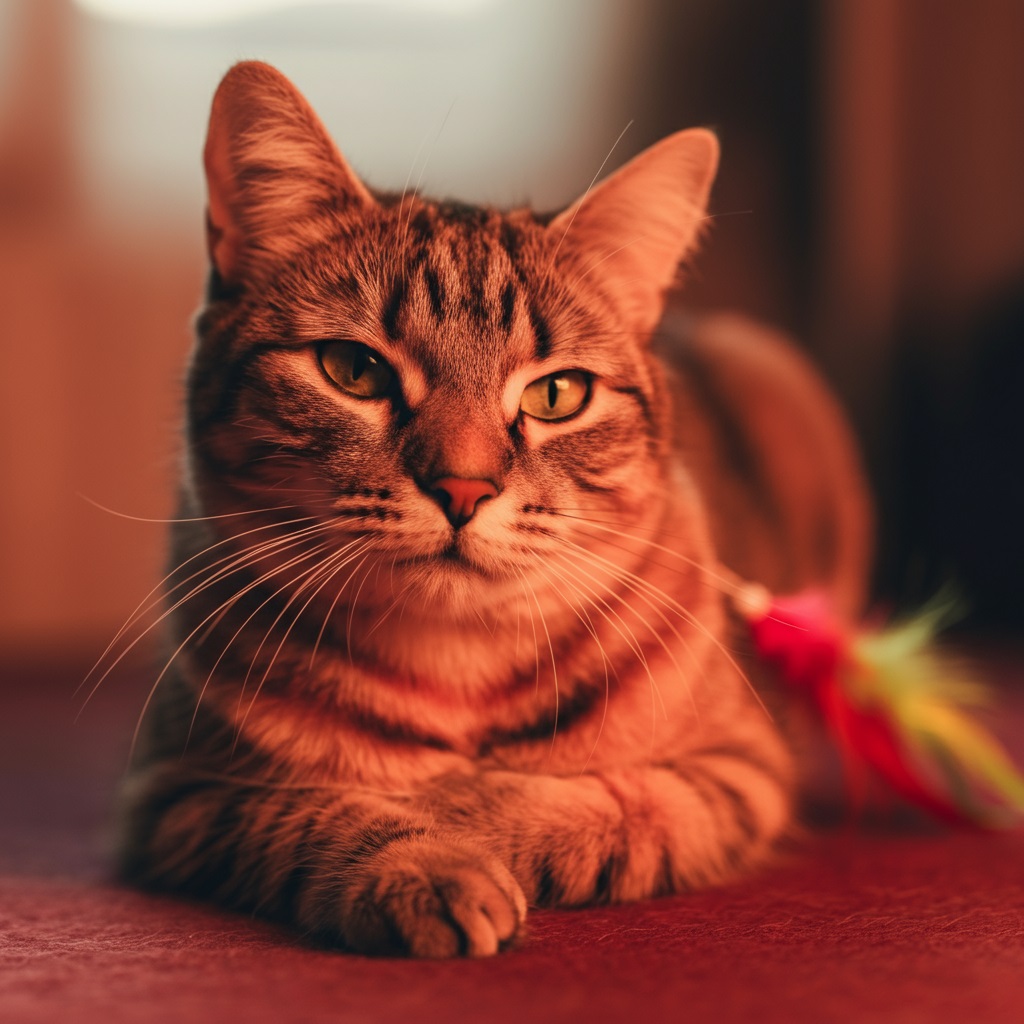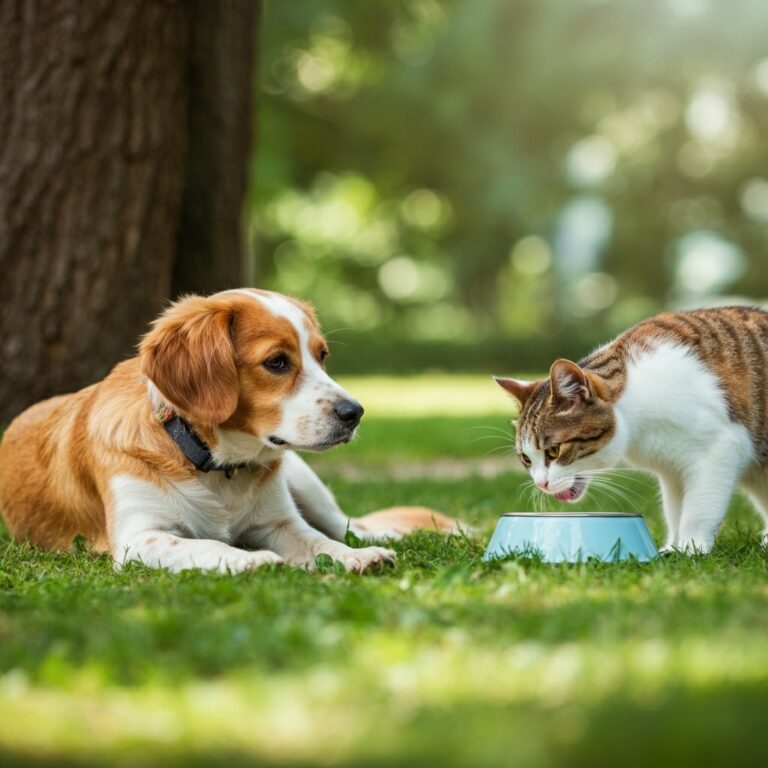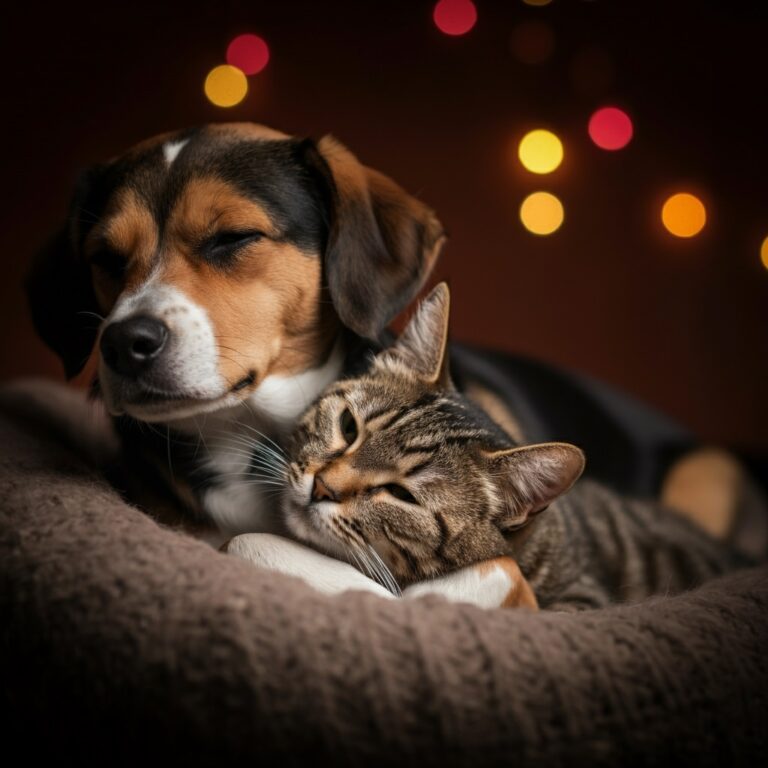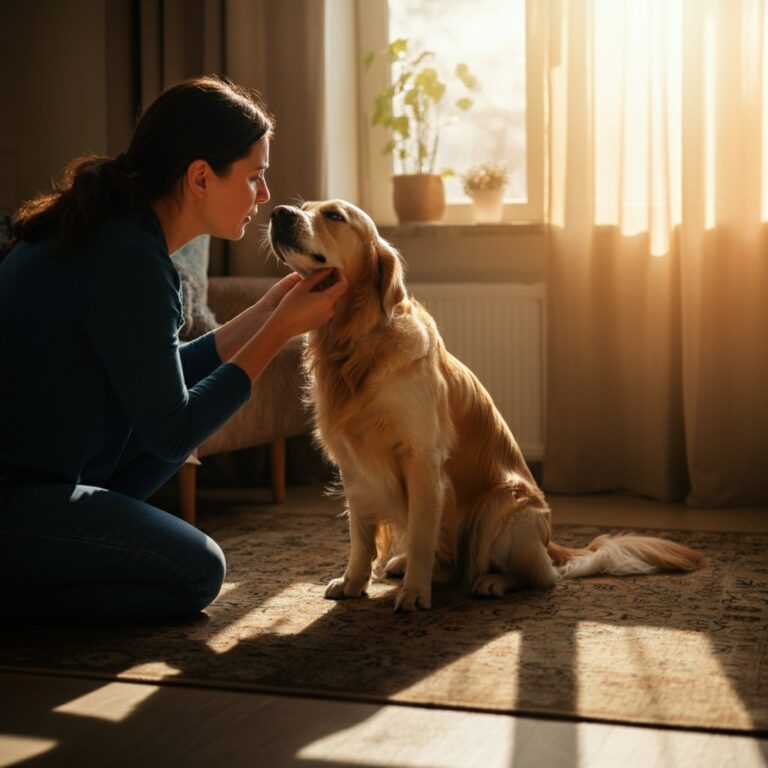
As a cat owner, you’ve probably wondered whether your feline friend is genuinely content or simply tolerating your presence. Unlike dogs, who wear their emotions on their sleeves (or should we say, on their wagging tails), cats are masters of subtlety. Their happiness signals can be easy to miss if you don’t know what to look for.
Understanding your cat’s emotional state isn’t just about satisfying your curiosity—it’s essential for their wellbeing. A happy cat is typically a healthy cat, and recognizing the signs of contentment can help you identify when something might be wrong. Whether you’re a new cat parent or have shared your home with felines for years, learning to decode their happiness signals will strengthen your bond and ensure your pet lives their best life.
This guide will walk you through the key indicators of feline happiness, from obvious physical signs to subtle behavioral cues that even experienced cat owners might overlook. You’ll discover how to create an environment that promotes contentment and learn when certain behaviors might actually signal distress rather than joy.
Physical Signs Your Cat Is Content
Body Language That Speaks Volumes
A truly happy cat carries themselves with confidence and ease. Their posture tells a story of comfort and security. When your cat walks with their tail held high like a flag, they’re broadcasting contentment to the world. This upright tail position, often with a slight curve at the tip, is one of the most reliable indicators of a satisfied feline.
Watch how your cat moves through your home. Happy cats exhibit fluid, graceful movements without tension or hesitation. They’ll stretch luxuriously upon waking, extending their paws and arching their backs in what appears to be pure bliss. This stretching behavior isn’t just about working out kinks—it’s a sign they feel safe enough to be vulnerable.
The way your cat positions their ears also provides valuable insight into their emotional state. Content cats typically have ears that are upright and slightly forward, alert but relaxed. Their whiskers will be in a neutral position, neither pushed forward aggressively nor pulled back against their face.
Facial Expressions of Happiness
Yes, cats do have facial expressions, and learning to read them can unlock a deeper understanding of your pet’s inner world. A happy cat often appears to have a soft, relaxed face. Their eyes might be slightly narrowed in what many describe as a “cat smile,” and they may blink slowly at you—a behavior that’s essentially a feline kiss.
When your cat looks at you with half-closed eyes and blinks deliberately, they’re expressing trust and affection. This slow-blink communication is so significant that you can actually “talk” back to your cat by slowly closing and opening your eyes in return.
Pay attention to your cat’s mouth as well. While cats don’t smile like humans, a relaxed, slightly open mouth can indicate contentment, especially when combined with other positive body language signals.
Behavioral Indicators of Feline Joy
Purring: More Complex Than You Think
Most people associate purring with happiness, and while this is often true, the reality is more nuanced. Happy cats do purr, but they typically produce a steady, rhythmic purr that’s neither too loud nor strained. This contentment purr often occurs during pleasant activities like being petted, sitting in a sunny spot, or simply relaxing near their favorite humans.
However, cats also purr when they’re stressed, injured, or seeking comfort, so context matters enormously. A happiness purr usually accompanies other positive behaviors and occurs in comfortable situations. If your cat purrs while kneading, rubbing against you, or during gentle petting sessions, you can be confident they’re expressing joy.
The volume and quality of purring can also provide clues. Content cats often purr softly and consistently, while stressed purring might sound more intense or irregular.
Playful Behavior and Energy Levels
A happy cat is often a playful cat, though this varies significantly with age and personality. Kittens and young cats might engage in energetic play sessions, chasing toys, pouncing on imaginary prey, or racing around the house. Adult cats might be more selective about their play, but they should still show interest in interactive toys or activities.
Watch for spontaneous play behaviors like suddenly racing across the room, attacking a favorite toy, or engaging in mock hunting behaviors. These bursts of energy indicate your cat feels secure enough to express their natural instincts.
Even senior cats should display some playful moments, though they might prefer gentler activities like batting at a feather toy or engaging with puzzle feeders. The key is knowing your individual cat’s normal activity level and watching for changes.
Grooming Habits and Self-Care
Cats are naturally fastidious creatures, and their grooming habits can reveal a lot about their emotional state. A happy, healthy cat maintains regular grooming routines, keeping their coat clean and well-maintained. They’ll spend significant portions of their day licking their fur, cleaning their paws, and maintaining their appearance.
Over-grooming can indicate stress or medical issues, while under-grooming might suggest depression or illness. A content cat strikes the right balance, keeping themselves clean without becoming obsessive about it.
Social grooming is another positive sign. If you have multiple cats and they groom each other, this indicates a harmonious relationship and general contentment within your household.
Environmental Factors That Promote Happiness
Creating Safe Spaces
Cats need territory they can call their own. Happy cats have access to quiet retreats where they can observe their surroundings without feeling exposed or threatened. This might be a cat tree near a window, a cozy bed in a quiet corner, or even a cardboard box that provides security.
The ability to get up high is particularly important for cats. They feel more secure when they can survey their territory from an elevated position. Providing cat trees, shelves, or other climbing opportunities can significantly impact your cat’s happiness levels.
Multiple resources are crucial in multi-cat households. Each cat should have access to their own food bowls, water sources, litter boxes, and resting areas to prevent competition and stress.
Enrichment and Mental Stimulation
Boredom can lead to behavioral problems and decreased happiness in cats. Environmental enrichment keeps their minds engaged and satisfies their natural instincts. This includes interactive toys, puzzle feeders, scratching posts, and opportunities to observe outdoor activity through windows.
Continues after advertising
Window perches that allow cats to watch birds, squirrels, and other outdoor activities provide hours of entertainment. Many cats also enjoy “cat TV”—videos designed specifically for felines featuring birds, fish, or small animals.
Rotating toys regularly keeps things interesting. Rather than leaving all toys out constantly, put some away and rotate them weekly to maintain novelty and engagement.
Social Behaviors and Human Interaction
Affection and Bonding Signals
Happy cats actively seek interaction with their human family members, though the style of interaction varies greatly between individuals. Some cats are lap cats who want constant physical contact, while others prefer to simply be in the same room as their humans.
Head butting, cheek rubbing, and gentle headbutts are all signs of affection and territorial marking. When your cat rubs against your legs or hands, they’re not just saying hello—they’re marking you as part of their family group.
Kneading behavior, where cats push their paws alternately against soft surfaces, often indicates contentment. This behavior stems from kittenhood when they kneaded their mother’s belly while nursing, so adult cats who knead are often expressing comfort and security.
Communication Patterns
Happy cats are typically communicative with their humans. They might greet you with chirps, trills, or meows when you come home. Some cats develop extensive “vocabularies” with their human families, using different sounds for different requests or situations.
The “silent meow” is a special communication reserved for humans. When your cat opens their mouth as if meowing but makes no sound, they’re giving you a particularly intimate form of communication.
Chatty cats who suddenly become quiet might be experiencing stress or health issues, while normally quiet cats who become overly vocal might also be signaling distress.
When Behavior Changes Signal Problems
Recognizing Subtle Signs of Distress
Sometimes behaviors that seem positive can actually indicate problems. Excessive vocalization, particularly at night, might signal cognitive dysfunction in older cats or medical issues. Sudden changes in affection levels—either becoming overly clingy or withdrawing completely—can indicate health problems or environmental stressors.
Changes in eating, sleeping, or elimination habits are often the first signs that something is wrong. A previously social cat who starts hiding, or a normally independent cat who becomes desperately clingy, may be experiencing physical discomfort or emotional distress.
The Importance of Consistency
Happy cats thrive on routine and predictability. They typically have established patterns for eating, sleeping, playing, and interacting with family members. Significant deviations from these patterns often indicate that something in their environment or health status has changed.
Keep a mental note of your cat’s normal routines and behaviors. This baseline knowledge will help you quickly identify when something might be wrong, allowing for early intervention and treatment if needed.
Frequently Asked Questions
How can I tell if my cat is happy or just tolerating me?
A happy cat actively chooses to spend time near you and engages in positive behaviors like purring, kneading, or slow blinking. Cats who merely tolerate their humans typically maintain distance, show neutral body language, and don’t seek out interaction. Happy cats will often follow you around the house, greet you when you return home, and choose to rest near you even when they have other options.
Do indoor cats need special considerations to stay happy?
Indoor cats require more deliberate environmental enrichment to stay mentally stimulated and physically active. This includes vertical climbing spaces, interactive toys, puzzle feeders, and window access for outdoor observation. Regular play sessions are crucial for indoor cats to express their hunting instincts and maintain physical fitness.
Can cats experience depression, and how would I know?
Cats can indeed experience depression, often triggered by major life changes, loss of a companion, or medical issues. Signs include withdrawal from social interaction, changes in appetite, excessive sleeping, neglecting grooming, and loss of interest in previously enjoyed activities. If you notice these changes persisting for more than a few days, consult your veterinarian.
How do I know if multiple cats in my household are all happy?
In a harmonious multi-cat household, you’ll see cats choosing to rest near each other, engaging in mutual grooming, playing together without aggression, and sharing resources peacefully. There should be minimal hiding, no aggressive behaviors around food or litter boxes, and each cat should maintain their individual personalities and behaviors.
What should I do if my previously happy cat suddenly seems different?
Sudden behavioral changes should always be evaluated by a veterinarian first to rule out medical causes. Cats are masters at hiding illness, and behavioral changes are often the first visible signs of health problems. If medical issues are ruled out, consider recent environmental changes, stressors, or the need for increased mental stimulation.
Read More👉 The Rise of Virtual Vets: What to Expect in Online Consultations
Building a Foundation for Lifelong Feline Happiness
Creating and maintaining happiness for your cat is an ongoing process that requires attention, patience, and understanding. Every cat is unique, with individual preferences, personalities, and needs. What makes one cat blissfully happy might be merely tolerable to another.
The key to recognizing true happiness in your feline companion lies in understanding their individual baseline behaviors and watching for the subtle signs of contentment we’ve discussed. A truly happy cat feels secure in their environment, has their physical and emotional needs met, and enjoys a predictable routine punctuated by appropriate stimulation and interaction.
Remember that happiness in cats isn’t just about the absence of stress—it’s about the presence of positive experiences, mental stimulation, physical comfort, and emotional security. By providing these elements and staying attuned to your cat’s communication, you’re laying the groundwork for a deeply satisfying relationship that benefits both of you.
Start observing your cat with fresh eyes today. Notice their body language, listen to their vocalizations, and pay attention to their daily routines. The more you understand your individual cat’s happiness signals, the better equipped you’ll be to ensure they live a truly fulfilling life as your cherished companion.



